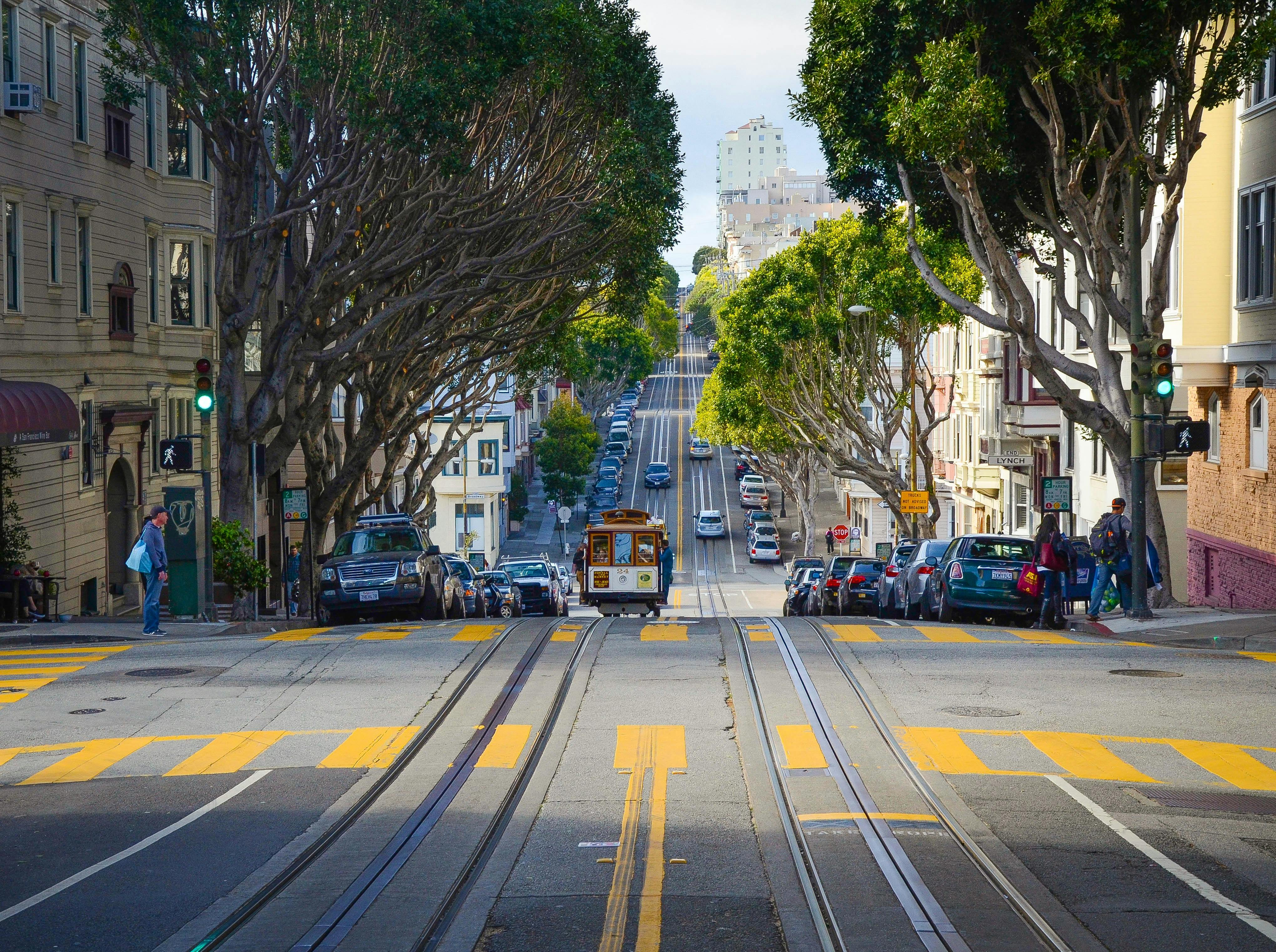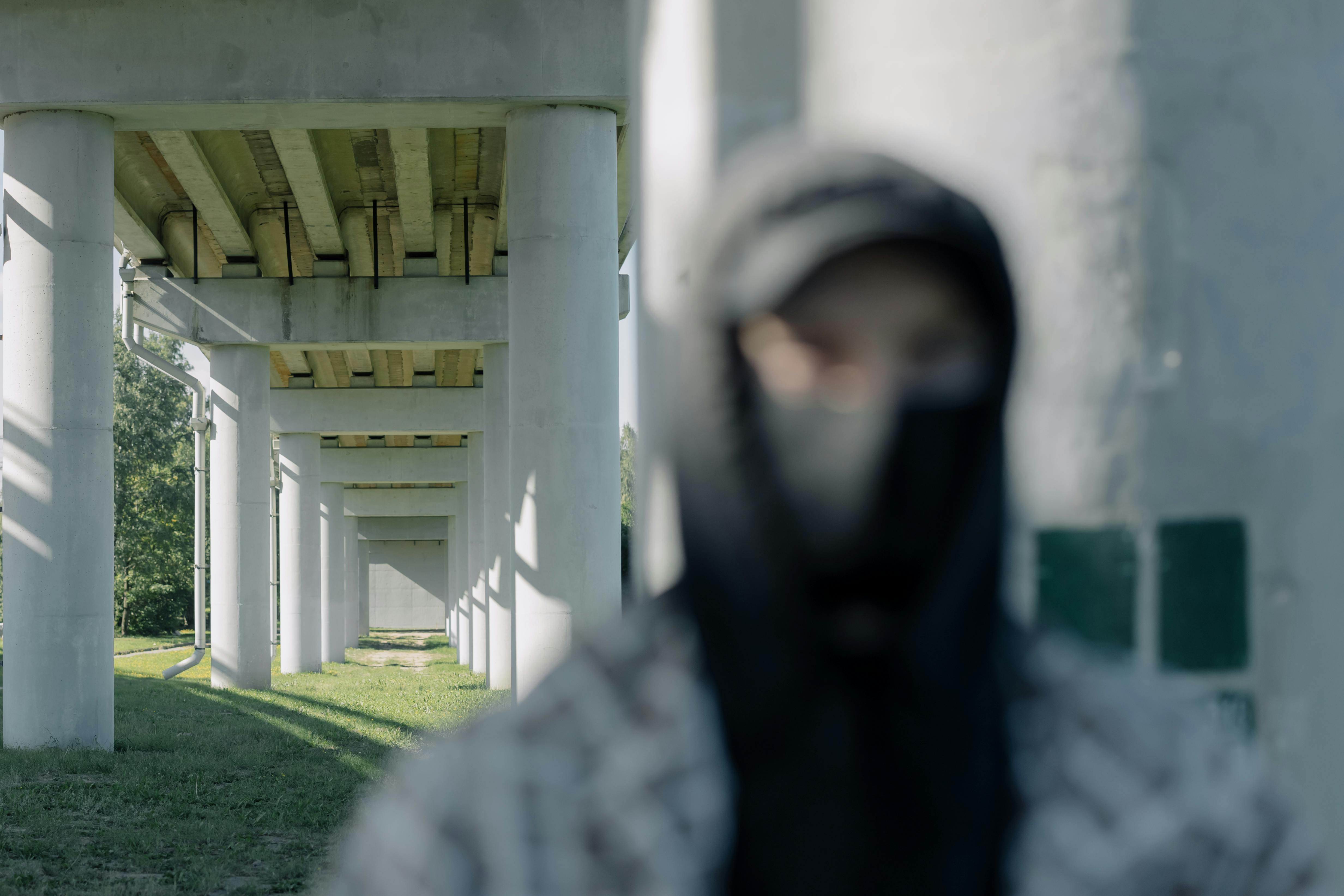Vanport: the flood that washed away Oregon’s second-largest city
For the unsuspecting metropolitans of Portland, Sunday, May 30, 1948, Memorial Day, began as a day filled with sunshine and promise. The temperature was a spring of about 76 degrees. The pungent aroma of northwestern pine always lingered. I had just celebrated my sixth birthday in March, but that day an event would take place that would leave a lasting mark on my youthful memory and many others as well.
Mom, then a brunette with flexible grace, was employed as a telephone switchboard operator and newly single mother, struggling to support herself, my baby sister, and me. We lived with my maternal grandmother, North, across the Columbia River from Portland in Vancouver, Washington.
Without a car, Mom rode the bus every day to her job at Pacific Bell Telephone and Telegraph in downtown Portland. Depending on traffic, I had a one to two hour commute each way across the Columbia River Interstate Bridge.
That day, he commuted to work as usual on the interstate bus line, which crossed the Colombia River and passed directly through Vanport on its way to downtown Portland. She was eager to be reunited with her family during her four-hour split shift that afternoon.
Before leaving for work, Mom had been listening to the radio when she heard a bulletin issued by the Portland Housing Authority for Vanport residents, “Remember, levees are safe at this time. You will be warned if necessary. He’ll have time to go. Don’t get excited. “
During her break from the party shift, Mom joined my paternal aunt, my uncle, and my grandmother to celebrate my grandmother’s birthday at Berg’s Chalet, a popular restaurant at the time. After the noon meal, the group drove to my aunt and uncle’s house in the southwest section of Portland, not knowing what nature had in store.
Suddenly, their enjoyment was interrupted by an alarming flash of radio news: “There is a state of emergency! The community of Vanport, Oregon’s second-largest city, named for its location between Portland and Vancouver, has been demolished. by the flooding of the Columbia River, resulting in a collapse of the levee that protects the west side of Vanport. “
Right away, Mom asked my uncle to stop the car and she called her unit. All employees were to report to work immediately, they told him. At Portland’s Pacific Telephone, all the long distance switchboards were jammed, engulfed in incoming calls from citizens filled with confusion and fear. In the 1940s, long distance phone operators of the 1950s and 1960s served the public during emergencies, much as 911 assistance operators do today.
Memories of Mom are still vivid from that time. She has an immediate wave of memory from that chaotic period. Flood conditions lasted 20 days and Vanport remains the most destructive disaster in Columbia River history, leaving 20,000 residents homeless.
In the spring of 1948, the rivers and streams that flowed into the northwest Columbia River were filled to overflowing with raging waters. Heavy snow cover in the mountains, heavy spring rains, and above-normal temperatures contributed to the severe flooding conditions that threatened lower Columbia. News announcements had warned of high tide, but the need for evacuation hadn’t been a concern.
Vanport City was built on 648 acres of swampy river lowlands, sheltered from the Columbia River by a protective rail fill levee. Built in 1907, it was little more than a railroad trestle with fill earth around its base. At 4:05 pm on May 30, 1948, the levee gave way.
In a matter of minutes, a six-foot wall of muddy water fell on the community. The buildings were swept off their foundations by the raging torrent. Thousands of people expelled from their homes and businesses got stuck on the only road, a two-lane highway. It was his only way of escape.
Within two hours, 10 to 20 feet of debris-laden water completely submerged Vanport, destroying all buildings, leaving its survivors with little more than the clothes they were wearing and the memories of a city that was once their home.
The floodwater pushed entire apartment units across two main artery levee roads leading to the interstate bridge on the Columbia River, cutting off all access to the bridge.
Vancouver was immediately cut off. The overflowing river flooded a 650-block area of North Portland. The only thoroughfares connecting the Portland and Vancouver metro had disappeared. The interstate bridge that linked the two towns was closed to emergency traffic. Vancouver’s train, mail and cable services were cut.
In Vancouver, where my grandmother, my sister, and I waited, the news came through the radio, newspapers, and word of mouth. Stranded in Portland for about two weeks, Mom stayed with a friend and coworker, borrowing her friend’s clothes to go to work every day. He had to stay in Portland until the interstate bridge reopened to routine traffic.
Barges were placed against the piles of the Interstate Bridge to reinforce their safety from the force of the rough waters and along the Portland Steel Bridge, a vehicle and rail stretch on the Willamette River. With the Willamette River also at flood level, it was essential to protect the steel bridge from floating debris that got caught on the railroad tracks.
It was three months before we crossed the region. When we did, it was with my mom’s sister, whose family lived in Vanport between 1946 and 1947. Even as a toddler, I don’t remember anything extraordinary about the two-story “gray cookie cutter” apartments look. As my aunt tells me, “It was cheap post-war housing for us. I could even walk to the store as we didn’t have a car at the time.”
Mom’s sister, my Aunt Mary, who now lives in El Paso, Texas, took us near the flood zone in August. How desolate the area was. I remember we were traveling down Sandy Blvd., the road near Portland’s then-white, double-decker airport, erected near the river. We saw debris sticking high above the second floor.
Still standing, this building later became the home of the National Weather Service. Other two-story buildings, like the old Seinfeld Pickle Factory, showed cloudy spots on the waterline near their roofs.
In other places, the relics of Vanport’s past were open and withered like bones scattered on the ground. The debris enveloped everything that was standing, entwined in trees and telephone cables. All the cleaning took years to complete.
Built in 1943 and nestled between common parks and natural grasslands, Vanport was an unincorporated city, named after Vancouver and Portland. Quickly erected, it became the largest public housing project ever built in the United States. Vanport was designed to accommodate the masses of people moving to the region to work in the shipyards and subsequently housed more than 40,000 people during World War II.
Many of the workers on the Vanport shipyard’s production team were women who represented the war icon of “Rosie the Riveter,” who worked around the clock building Liberty and Victory ships, aircraft carriers, and other vessels.
At the time of the flood, Vanport was still a thriving working-class community, with public schools, daycares, public library, shops, churches, and Vanport College, where many students were recent war veterans and attended school using their benefits from IG.
After the flood, Vanport College stayed in various transitional locations, settling in downtown Portland. Today it is known as Portland State University with the second largest enrollment in the state’s university system.
Mom, now 88, has been in close contact with several of her ex
co-worker from the phone company. The memories of that day, more than sixty years ago, have not left those whose lives were touched by it. The Vanport Flood was forever etched in his memories.
A telephone operator friend, whose father owned and operated a small grocery store in Vanport, recalls: “Our family was concerned for his well-being until he notified us that he was safe. As for Dad’s store? It was completely destroyed.” .
Another friend’s brother and sister-in-law were recently married and lived in Vanport. She recalls: “Avoiding the advance of the water, my brother and his wife escaped with only the clothes they were wearing.”
Fresh to Portland from California and in his late teens in 1948, another former phone operator lived near the devastated area in North Portland and recalls the apprehension he felt when receiving calls at work, wondering if the floodwater was arriving at their small shared rented house. .
Aunt Mildred, who Mom was with that day, remembers the friends who lived in Vanport, the couple broke up when an emergency siren started to sound, she moved on, and he came back to grab some possessions. Many people tried to recover some belongings. Others used small boats to travel between the floating buildings rescuing stranded men, women and children.
The water rose so fast that my aunt’s friend was unable to return home, but escaped to a tree where he was later rescued. After the flood, the casualty count was fifteen with seven missing. A miracle that the number was not greater.
President Harry Truman arrived and met with community leaders at the Portland Civic
Auditorium after the Vanport flood, but a wartime transitional community with no generations of families behind and without its wartime economy, the once thriving Vanport City was never rebuilt.
With rich and intricate wetlands and marshes, the lowlands of the Vanport Swampy Rivers are now considered an environmentally sensitive area. The economic loss from the Memorial Day flood in 1948 would exceed $ 100 million, a record for that time. The flood that washed away Oregon’s second-largest city is forever inscribed in the hearts and minds of those who resided in the Portland-Vancouver area.
Memories of that time still included a slice of Oregon’s first-person story and that unforgettable assault on an entire community.
The end

